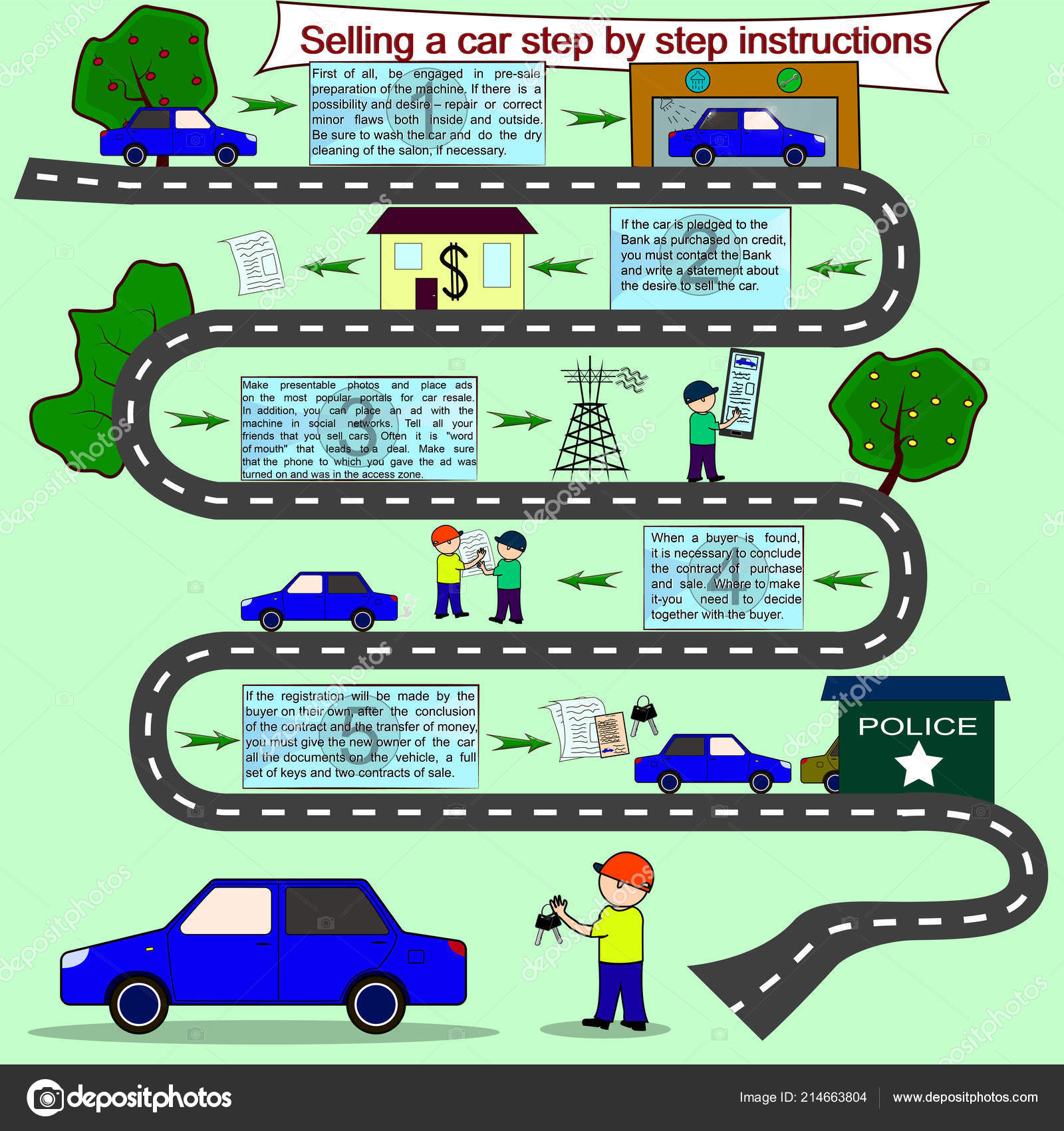A Novice'S Manual For Interpreting Your Vehicle'S Alert Lights
A Novice'S Manual For Interpreting Your Vehicle'S Alert Lights
Blog Article
Write-Up Developed By-Borg Eriksson
When you lag the wheel, those little caution lights on your car's control panel can be rather puzzling. What do auto mechanic shops near me indicate, and should you be concerned? Comprehending these signals is vital for your car's health, yet it does not have to be an overwhelming job. By deciphering the enigma behind each light, you'll be outfitted to handle possible issues successfully and maintain your car running smoothly. So, next time a warning light flashes, do not panic - arm on your own with understanding and take control of the scenario.
Relevance of Automobile Warning Lights
Recognizing the importance of your vehicle's warning lights is critical for preserving your car's health and safety. These lights serve as your car's interaction system, informing you to prospective concerns that could threaten your security on the road or bring about pricey repair services if disregarded. By paying attention to these warnings, you can address issues early and avoid additional damage to your lorry.
Disregarding cautioning lights can result in serious repercussions, such as engine failing, brake breakdowns, or even crashes. These lights are created to alert you of concerns ranging from low tire pressure to engine breakdowns, providing you the opportunity to take action prior to the situation gets worse. Frequently inspecting and understanding these cautions can save you time, cash, and guarantee your safety while driving.
Along with maintaining you secure, reacting promptly to advising lights can also assist prolong the lifespan of your car. By dealing with problems beforehand, you can protect against tiny problems from intensifying right into major repair work, eventually conserving you money and time in the long run. Remember, your cars and truck's caution lights are there for a reason - don't disregard them!
Common Warning Lights and Meanings
When it involves driving your car, understanding typical caution lights and their definitions is crucial for your safety and security and automobile maintenance. Right here are a few usual caution lights you might come across:
1. ** Check Engine Light **: This light indicates a concern with your engine. It could be something minor like a loose gas cap or something extra significant like engine misfiring.
2. ** Battery Light **: This light signals an issue with your auto's charging system. It could show a damaged battery, generator, or various other associated elements.
3. ** Oil Stress Light **: When this light comes on, it implies your engine might be running low on oil or experiencing reduced oil pressure, which can result in engine damage otherwise resolved quickly.
4. ** Brake System Light **: This light shows a problem with your stopping system. It might indicate reduced brake liquid degrees or an issue with the brake system that requires instant interest.
Comprehending these usual caution lights will certainly help you determine potential issues early and prevent even more substantial problems in the future.
How to Respond to Caution Lights
In the event that a warning light illuminates on your auto's dashboard, it's critical to react immediately and appropriately. When Related Site comes on, the initial step is to consult your owner's guidebook to comprehend the particular concern indicated by the light.
Some lights need immediate focus, while others may indicate a less urgent issue. If the warning light is red or flashing, it's usually an indicator of a significant issue that requires prompt activity. In such cases, it's a good idea to pull over securely, shut off the engine, and look for specialist help.
For yellow or orange caution lights, while they might not call for instant focus, it's still essential to address the hidden issue promptly to stop further damages. Regular maintenance and examination can aid avoid cautioning lights from beginning all of a sudden.
Conclusion
Finally, recognizing your cars and truck's warning lights is critical for maintaining your automobile's health and safety. By frequently examining and responding to these warnings, you can resolve potential problems early and protect against pricey fixings or security threats. https://airliftperformancekits40517.answerblogs.com/30123484/an-analysis-of-top-do-it-yourself-car-repair-service-applications-trick-functions-individual-reviews-and-recommendations in mind to consult your proprietor's handbook for details on different warning lights and constantly take immediate action for red or flashing lights. Stay https://tire-choice-auto-service49950.blogdanica.com/29862255/comprehensive-steps-for-protecting-your-cars-and-truck-s-interior-a-cleansing-list and keep your car running efficiently!
